Opening later this month, the building delivered by contractor Sir Robert McAlpine achieved an ‘Outstanding’ rating against the BREEAM sustainability assessment method, with a 98.5% score.
This ranks as the highest score ever achieved by any major office development, at design.
Michael R. Bloomberg, founder of Bloomberg, said: “From day one, we set out to push the boundaries of sustainable office design – and to create a place that excites and inspires our employees.
“The two missions went hand-in-hand, and I hope we’ve set a new standard for what an office environment can be.”
Compared with a typical office, the building deliver a 73% saving in water consumption and a 35% saving in energy consumption and associated CO₂ emissions.
Innovative power, combined lighting/heating ceiling units, recycled water and natural ventilation systems account for the majority of energy savings.
Designed to utilise waste products, respond to the building’s external environment and adapt to its occupancy patterns, many of these solutions are first-of-a-kind.
Norman Foster, Founder and Executive Chairman, Foster + Partners, said: “In some of our first discussions on the project, Mike Bloomberg and I arrived at a ‘meeting of minds’ on how the design of the new Bloomberg headquarters should incorporate the highest standards of sustainability. The project evolved from thereon into a building that is one of the most sustainable in the world.
“The deep plan interior spaces are naturally ventilated through a ‘breathing’ façade while a top lit atrium edged with a spiralling ramp at the heart of the building ensures a connected, healthy and creative environment.”
Alan Yates, Technical Director of BRE Global’s Sustainability Group said: “Projects like these are really important in giving confidence to the industry to experiment.”
Key innovation highlights
Integrated Ceiling Panels: Bespoke integrated ceiling panels combine heating, cooling, lighting and acoustic functions in an innovative petal-leaf design. The system, which incorporates 500,000 LED lights, uses 40% less energy than a typical fluorescent office lighting system.
Water Conservation: Rainwater from the roof, cooling tower blow-off water, and grey water sources, like basins and showers, is captured, treated and recycled to serve vacuum flush toilets. These use net zero mains water for flushing. Overall, water conservation systems will save 25 million litres of water each year, enough to fill ten Olympic swimming pools.
Natural Ventilation: When ambient weather conditions are temperate, the building’s distinctive bronze blades (above) can open and close, allowing the building to operate in a “breathable” natural ventilation mode. Reducing dependency on mechanical ventilation and cooling equipment significantly reduces energy consumption.
Smart Airflow: Smart CO2 sensing controls allow air to be distributed according to the approximate number of people occupying each zone of the building at any given time. The ability to dynamically adjust airflow in response to occupancy hours and patterns is expected to save 600-750 MWhr of power per annum, reducing CO2 emissions by approximately 300 metric tonnes each year.
Combined Heat & Power: An on-site combined heat and power generation centre supplies heat and power in a single, efficient system with reduced carbon emissions. Waste heat generated from this process is recycled for cooling and heating and, in use, is expected to save 500-750 metric tonnes of CO2 each year.

.gif)



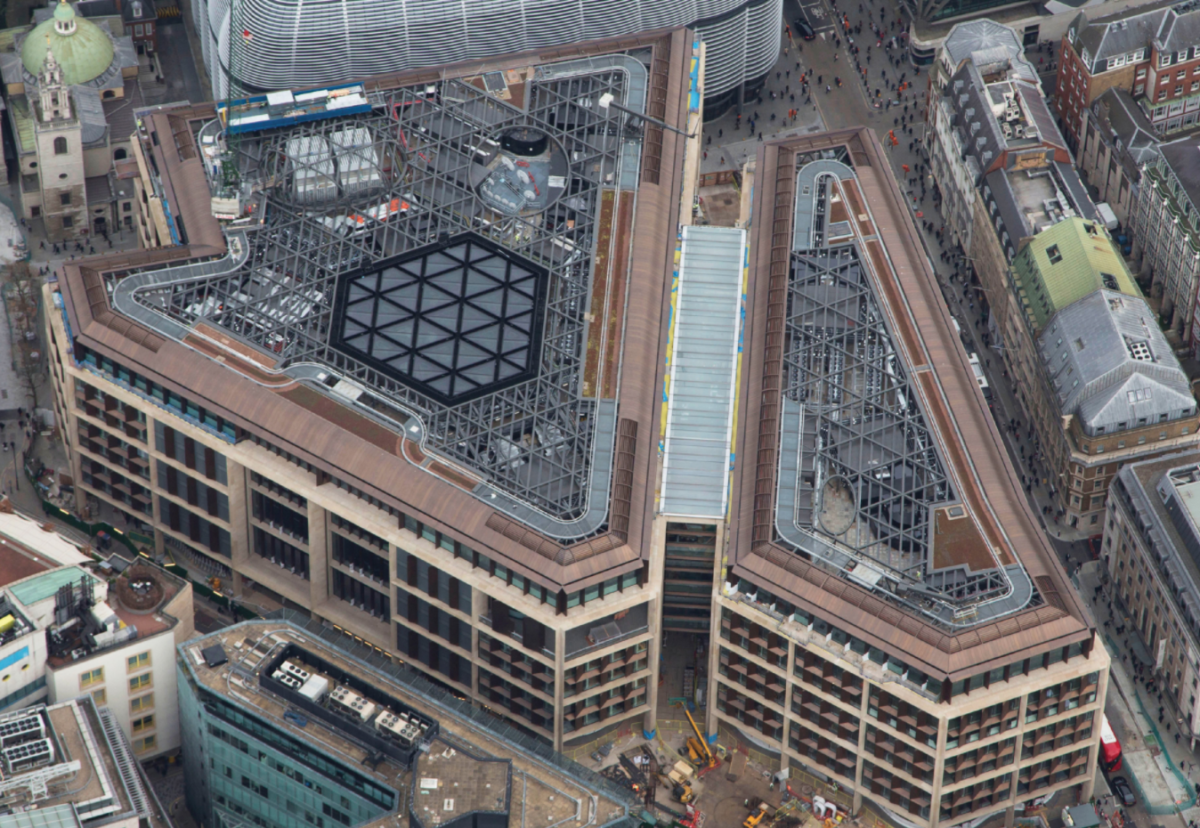

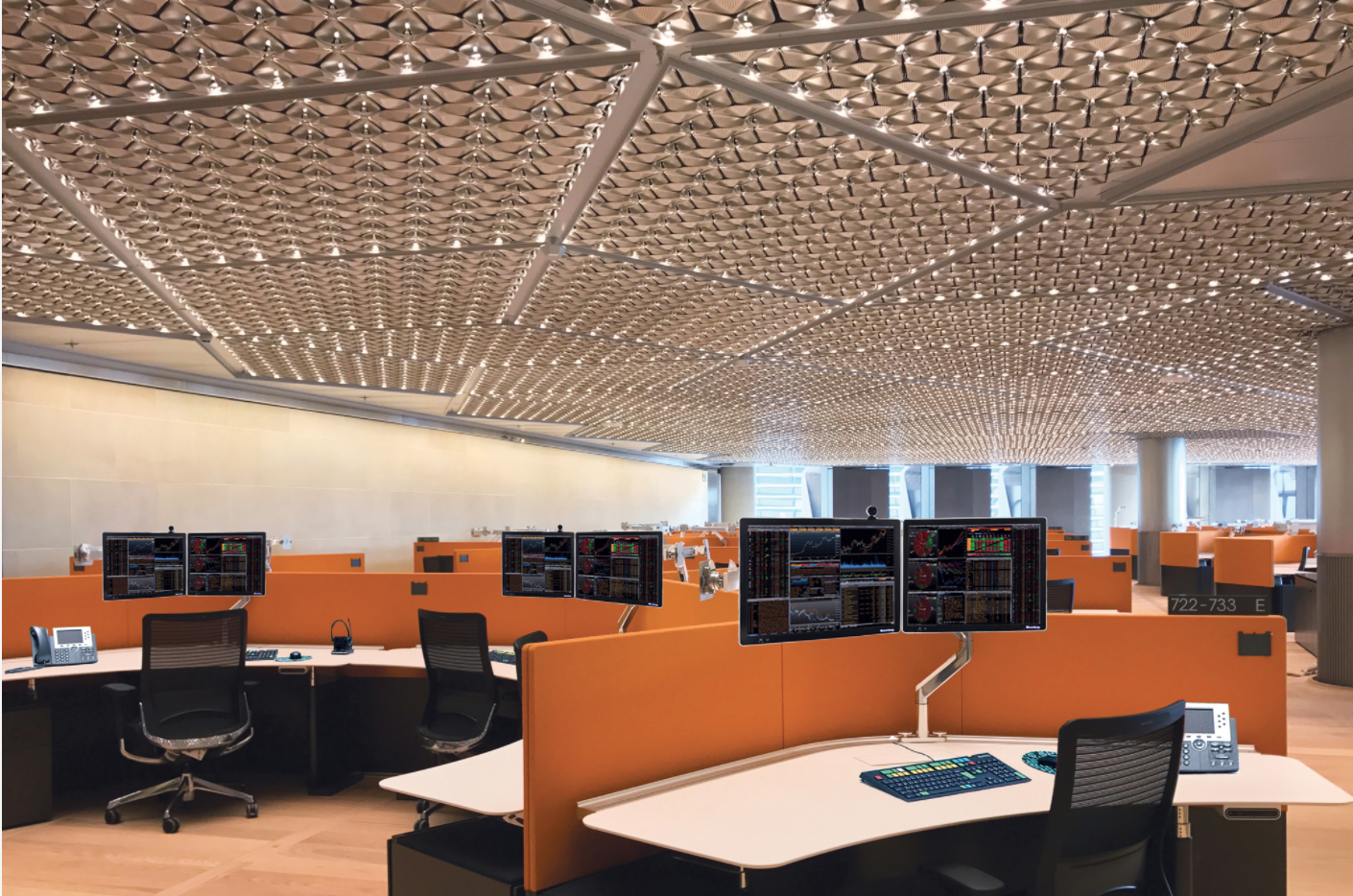
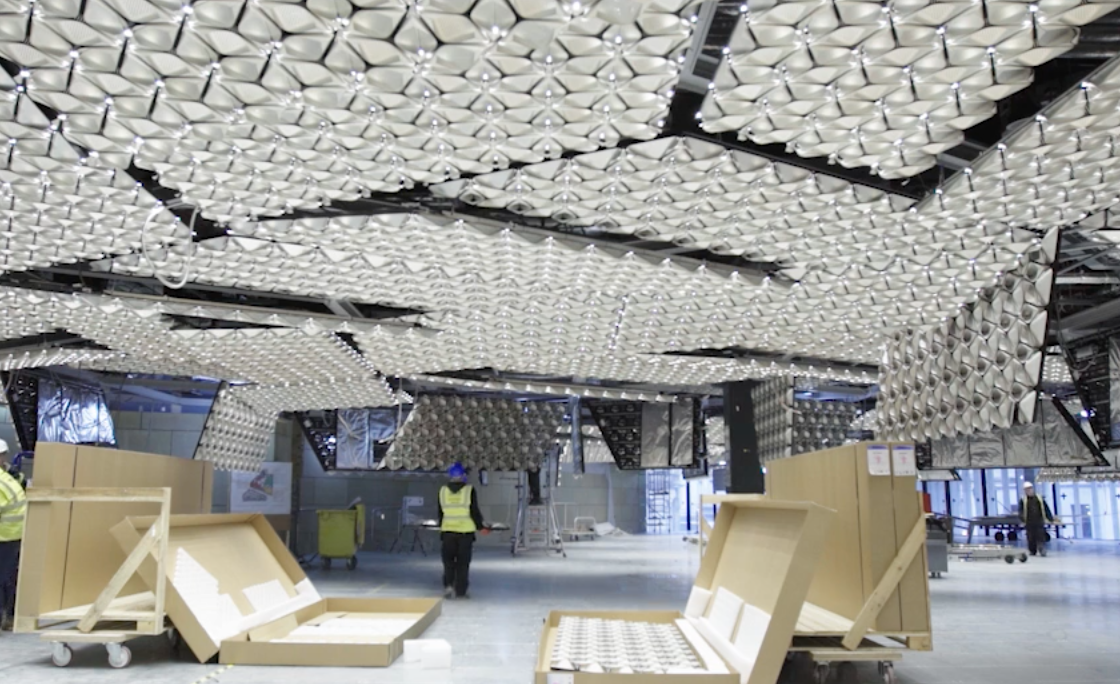
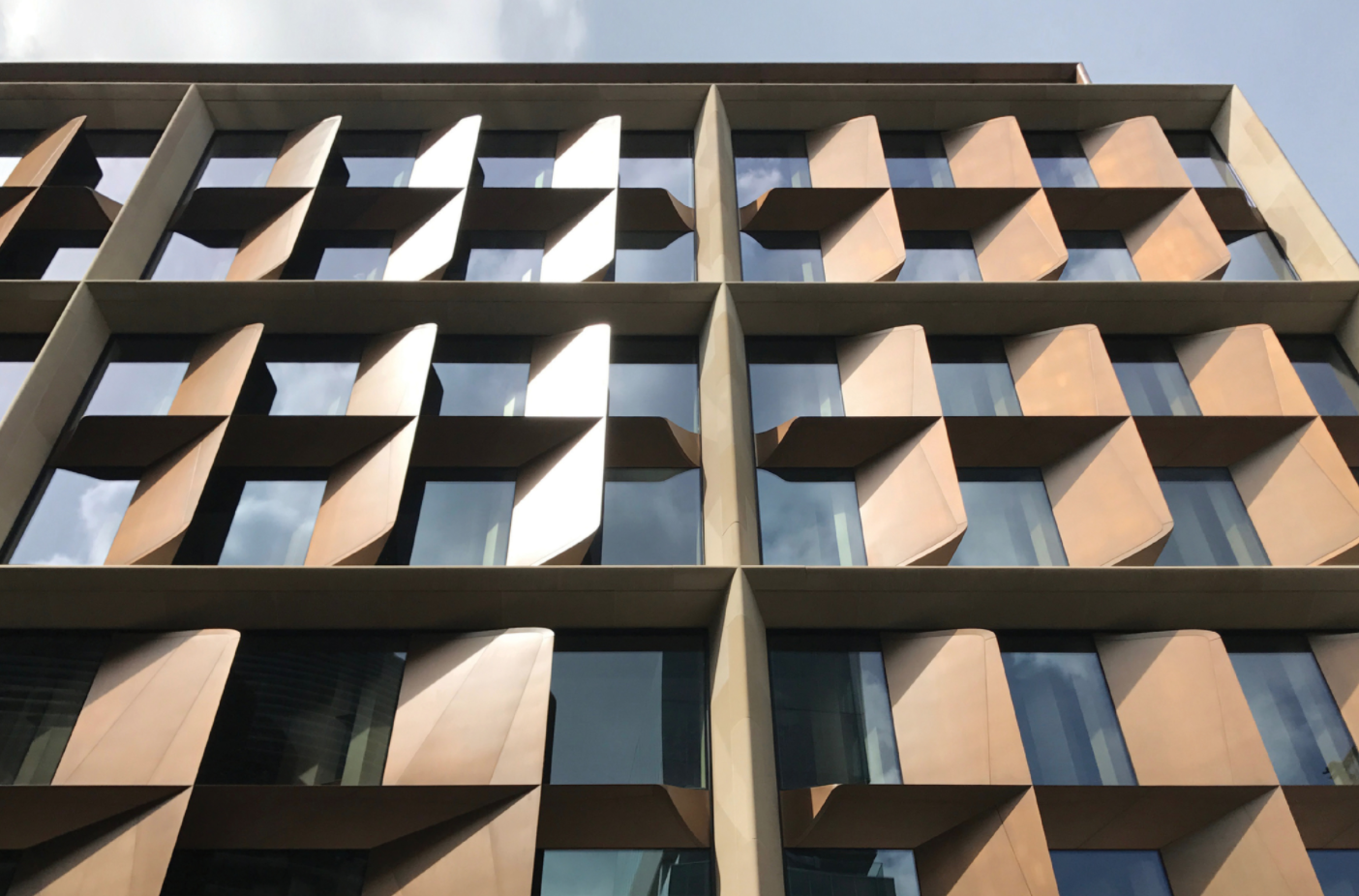









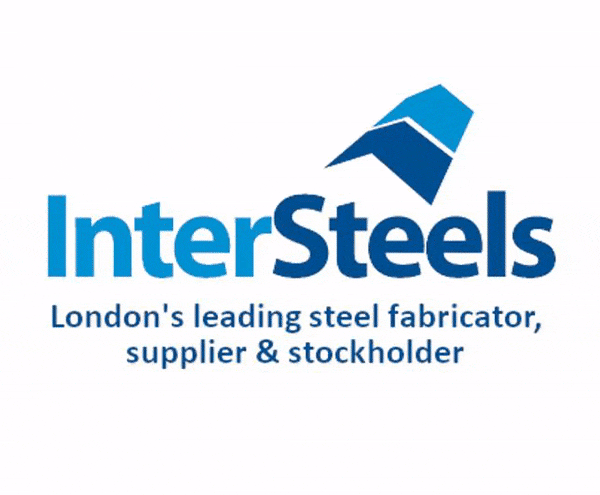






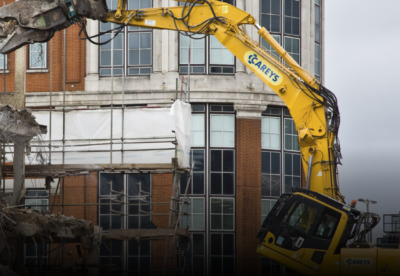

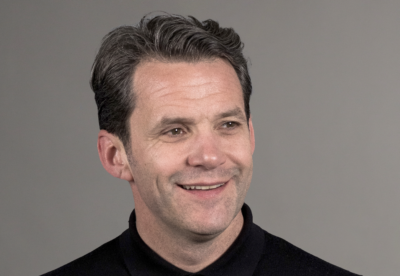



















 (300 x 250 px) (1).gif)





.gif)



